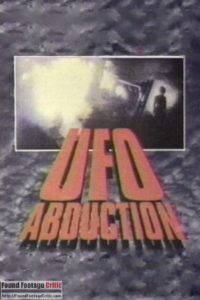 Most moviegoers consider The Blair Witch Project (1999) and Paranormal Activity (2007) as the very beginning of the found footage phenomenon. However, in 1989, ten years prior to The Blair Witch Project a lesser known film called UFO Abduction made its mark on the world.
Most moviegoers consider The Blair Witch Project (1999) and Paranormal Activity (2007) as the very beginning of the found footage phenomenon. However, in 1989, ten years prior to The Blair Witch Project a lesser known film called UFO Abduction made its mark on the world.
The early days of the found footage genre had no established rules or cinematic history to guide filmmakers in creating movies using this new style of filmmaking. It would take a combination of innovation, analytical thinking, desperation, and a little bit of luck to establish the formula that would later define the modern found footage genre.
At the forefront of it all was filmmaker Dean Alioto—he created two films that impacted the world in ways no one could have possibly imagined.
It’s a tale of mystery and intrigue involving a warehouse fire, government conspiracy, deception, and allegations of a cover-up of actual alien evidence.
Dean Alioto is the director and writer of two of the earliest and most influential films to grace the genre, UFO Abduction (1989) and Alien Abduction: Incident in Lake County (1998), also known as The McPherson Tape. The story behind Dean Alioto’s contributions to the genre has since become the stuff of legend. One fact is indisputable; Dean Alioto is credited with sparking one of the defining moments in the history of the found footage genre.
The backstory behind these two seminal films is almost as riveting as the films themselves. It’s a tale of mystery and intrigue involving a warehouse fire, government conspiracy, deception, and allegations of a cover-up of actual alien evidence.
Over the years since the creation of Dean Alioto’s two found footage films, their lore has grown to near mythological proportions. In a story best suited to a case on The X-Files, Found Footage Critic decided it was time to get the unfiltered truth behind these two films. We searched the Internet for answers but decided that the best source would be from Dean Alioto himself.
On episode #80 of Found Footage Files Podcast we interviewed Dean Alioto and discussed the genesis of UFO Abduction (1989) and Alien Abduction: Incident in Lake County (1999) and all of the craziness that followed. This article is a distilled version of the podcast and includes additional information provided by Dean Alioto.
UFO Abduction vs. Alien Abduction: Incident in Lake County vs. The McPherson Tape
In 1989 Dean Alioto shot his first film, UFO Abduction, for a meager budget of $6,500—the master copy of the film was subsequently destroyed and thus the movie was never widely released. Ten years later Dean Alioto pitched UFO Abduction to Dick Clark Productions, who picked up the idea and gave Dean Alioto a $1.2 million budget to shoot a remake for television. In 1998, the remake was released entitled Alien Abduction: Incident in Lake County (a.k.a. The McPherson Tape).
Over the years the names of these films has resulted in a great deal of confusion. Even to this day, both UFO Abduction and Alien Abduction: Incident in Lake County are referred to as “The McPherson Tape.”
Early Influences
Dean Alioto cites “desperation” as one of the key drivers in the creation of UFO Abduction and recollects his mindset at the age of 24: “All I’m thinking about is how do I make my first film by 25—because Spielberg did, Orson Welles did, Scorsese did, Coppola did . . . all of my idols.”
All I’m thinking about is how do I make my first film by 25
Growing up, Alioto was a fan of science fiction, “When I saw the movie E.T. The Extra-Terrestrial (1982) I remember coming home and telling my mother I’m going to direct, this is what I’m going to do. E.T. The Extra-Terrestrial takes the screwed up middle child and the tragedy of childhood and family, and celebrates it, and infuses magic into it—that was when I fully became aware of the magic of the medium. Star Wars was mind blowing, but E.T. The Extra-Terrestrial felt real.” Alioto also cites books on alien abductions, including Communion, as influential on his creative direction.
With his personal interests grounded in aliens and science fiction, it should come as no surprise that Dean Alioto’s first film is about an alien visitation and abduction.
UFO Abduction: Birth of an Idea
It just kind of crystallized . . . I should do War of the Worlds with video
Dean recollects the moment of inspiration that guided him to conceive of UFO Abduction, “I had basically nothing in my pocket, but was able to convince a friend of mine to throw in $6,500 to do a film. I was thinking, with that much money there’s not much I can do.
“I was flying back from Los Angeles and I was looking out the window at night and was thinking, ‘what if this is the last time I’m seeing the Earth? What if I’m in a ship and I’m being taken away?’ And then it just kind of crystallized by the time I landed—I should do War of the Worlds with video.
“So I’ll take a home video and make something interesting with it—aliens. And then do Ten Little Indians and see these guys one-by-one get taken. I’ll shoot it real time and hire improv actors. That’s how it came about to do it all in one night.”
UFO Abduction: Casting
FFC: Can you describe the casting process for UFO Abduction?
Dean Alioto: We held an audition for improv actors—hopefully they would have some improv experience. Right before that I wrote a twenty-page breakdown of all the scenes that were going to be in the film. I structured it out that way so I had a blueprint of what would happen—three items that would be in each scene and that would further the story along.
Then we did a casting call and met with all these actors and actresses and pulled together a team of people that were able to interview in the meeting. The thing that I like to do as a director, even in the narrative independent films that I’ve done, is to just talk to the actor and try to get them as real and reveal as much as possible—I know that if I can get them to do that, then I can also get them to do that on the set.
We pulled together a group of untested actors who were not so trained that the idea of doing something like this would be a challenge and we lucked out. Everyone, including the girl, was great. [The girl] was better than everyone because she was so honest. We had to keep up with her.
FFC: Have you kept track of the actors from UFO Abduction over the years?
Dean Alioto: A Japanese network did a show on the cast 10 years later and I got a chance to meet with them. One of them, Tommy Giavocchini is now a friend of mine living in Los Angeles—he played the older brother. He and I will occasionally do things together. He still acts. The other ones I haven’t really had any contacts with them since them. I Hope that they’ve done well.
UFO Abduction: Alien Ship and Creature Design
FFC: What was involved with designing and building the alien ship and aliens for UFO Abduction?
I said here’s my budget, $750 bucks for this ship that needs to be built and three aliens. Luckily he didn’t laugh at me and hang up
Dean Alioto: So there was a buddy of mine that I had met in Sacramento. His name was Bill Boes—a very, very talented designer, effects guy, art director, and production designer. I showed him pictures and pulled together samples and stuff of the aliens and the ship. It was really funny—I said here’s my budget, $750 bucks for this ship that needs to be built and three aliens. Luckily he didn’t laugh at me and hang up.
He said alright a couple of days before we’re about to build. He [built] a three layer platform thing that looks like an egg. He’s taking foam triangles and staple gunning them between each platform of three levels and I’m looking at it going “oh shit!” He sees the look on my face and says “trust me, trust me when I’m done with this is will be good,”—and he was right. He put it all together, put seams in, painted it, and then put in little bits of technology fixed to it. Then we cut some lights into it and kept it real murky, and added some smoke—it did everything it needed to. Since we were only shooting one side of it, the rest of it was bare hollow.
With Bill, everything with him was last minute. It was driving me nuts, but you just knew that this guy had a vision. In fact, he went on to do a lot of Tim Burton films and he was a production designer for some fun genre stuff. He did the live-action Scooby-Doo films and the Fantastic Four (2005). And so we got him.
FFC: What became of the ship and creature props?
Dean Alioto: [The ship became] someone’s kindling wood many years ago. I have the head from one of the aliens, I think. It’s started to disintegrate, but I think I have it in storage somewhere and I’ve got the hands. They didn’t hold up too well.
FFC: Can you describe what went into the creature design?
Dean Alioto: There was a TV movie, Interrupted Journey (1975) that was about the Barney and Betty Hill story—that was the first time the [Barney and Betty Hill Story] had ever been publicized. In fact, Spielberg based his work on that story.
Dr. Jacques Vallee is one of the most credible UFO researchers in the business. He helped Spielberg with [Close Encounters of the Third Kind] and I did a lot of reading on his material as well. And I actually got to meet him at the screening of our film.
That ‘s kind of the prototype of what the aliens look like. The aliens were designed and created based on actual testimony and drawings by people who claimed they’ve been abducted. They had large heads. They were about four feet tall. The bodies were slight and androgynous, so we hired eight-year-old girls to put these costumes on them and they did great. I’m sure it was terrifying being out there in the dark and having to walk around—and they’re probably scaring the crap out of each other. There’s probably a lot of therapy they did later on and I probably owe them for that!
UFO Abduction: Filming
FFC: UFO Abduction was filmed in one night. How did you prepare for that aggressive schedule?
Dean Alioto: We had it all set up like a domino effect, a chain reaction. The first scene would happen and that would cue to the next scene, to the next one and so on. I really wanted all the performers to have the sense of real time so that everything happened in that moment to the next moment. All [the scenes] are linked, and it wasn’t broken up—it was a stage play.
We rehearsed for a week where we would run around the neighborhood in San Francisco. We were trying to get away from aliens. I’m sure the neighbors and people in the street thought we were nuts, but in San Francisco everyone is nuts.
I really wanted all the performers to have the sense of real time so that everything happened in that moment to the next moment . . . it was a stage play.
FFC: Where was UFO Abduction filmed?
Dean Alioto: I shot UFO Abduction up in northern California, but it was up in the hills. We found this property, a cabin that looked terrific. I think I might have paid them a hundred bucks, and then I think that was pretty much it. They were into it. It’s not Los Angeles where everyone is cynical and everyone gets paid for locations.
FFC: What type of camera was used to film UFO Abduction?
Dean Alioto: This was cutting edge technology—it was an 8mm video stereo. It was one of the first years it came out and I remember at the time thinking, oh my God I’m so lucky!
FFC: What motivated you to play the role of Mikey, the cameraman in UFO Abduction?
Dean Alioto: Because there were no remote monitors, I thought I’m gonna have to shoot this to control the framing, what we cover, and everything else. I made the character the middle child like me. I definitely had enough to pull from.
I had a headset on and so as I’m [filming] I’m also turning my head quietly to the side and saying “cue light,” “cue aliens.” I’ve got a couple of people who have got headsets out there who are cueing the spaceship lights and any kind of thing that needs to be triggered—like the sound of footsteps on the roof. It was a one-man band kind of thing that allowed me to control where the story goes, where to put the camera. If I needed to make the actors’ performances more intense I could be more intense and elicit that. And If I needed it calmer, I could do that as well. That was great training for me as a director.
Film Distribution and the Infamous Warehouse Fire
FFC: What were your aspirations for UFO Abduction as far as theatrical and video releases?
The distribution company burned to the ground. Not a joke. It literally burned to the ground.
Dean Alioto: I didn’t really think about theatrical though we did have one theatrical screening in San Francisco in 1988 before it got released or 1989 early. I thought it would mostly go directly to home video. I wish I had been smart enough to submit to Sundance, not that it would have gotten in, but for The Blair Witch Project (1999) that was a perfect venue to get that out and to launch the found footage genre. I really thought this would go directly to home video and maybe I could make some money and do another movie. That’s all I was thinking.
FFC: What happened to the distribution of UFO Abduction?
Dean Alioto: We were trying to sell UFO Abduction in 1988 or early 1989—I’m a little murky on the exact time. We did our trip to San Francisco and actually got a distributor if you can believe it. The distributor took the film and all the artwork and everything. A couple of months later before the film got released the distribution company burned to the ground. Not a joke. It literally burned to the ground. I think the owner probably set it on fire for insurance reasons. I thought, well that’s it. There goes my main master and all my artwork. Time to move on and that was it.
Government Conspiracies, and Allegations of Actual Alien Evidence
FFC: We’ve heard and read stories that UFO Abduction somehow was passed off as actual alien evidence. What actually happened?
Some joker took one of the copies and edited out the credits and passed it around for five years in the UFO community as the real thing
I kind of forgot about it and then five years later (1994) I got a call from some guy representing Hard Copy, Encounters, and Unsolved Mysteries. His name was Sean Morton. Has said, look, do you know anything about this found footage? It’s the first time I heard of the term “found footage.” He says this footage was found and all these shows want to get the rights to it. He asked if I had anything to do with an alien video. I said yeah, yeah, I made this thing.
Sean Morton said, “Do you know what’s gone on with it over the past five years?” I pleaded innocence and he said that apparently a couple of videos [from the distributor] went to mom and pop stores—a couple of preview videos, VHS copies. Some joker took one of the copies and edited out the credits and passed it around for five years in the UFO community as the real thing, which I thought was hysterical. I wish I was smart enough to do something like that.
A lieutenant colonel with forty years of Air Force intelligence experience claimed it was authentic
The video ends up at the International UFO Congress Convention in Vegas in 1993, where apparently it brought down the house. A lieutenant colonel with forty years of Air Force intelligence experience claimed it was authentic and the best evidence ever and we finally have footage and so on.
As soon as Unsolved Mysteries heard that the video was actually [a fictional movie] they stepped down and so it was between Hard Copy and Encounters—so I went with Encounters as the world’s greatest UFO hoax. I went on that show and that lit a fire in the UFO community. Everyone was reaching out to me trying to get copies of UFO Abduction. The Japanese went nuts over it because of some clips of the film.
I even got calls from people wanting me to stop UFO abductions from happening, preventing them—that’s a cottage industry that I missed the boat on.
Encounters TV Show: Exposing the “Hoax”
UFO Researcher, Tom Dongo—I thought no one could fake something like that
After contacting Dean Alioto in 1994, the television show Encounters aired a story on UFO Abduction. For the purposes of our historical research, this section includes quotes from the Encounters segment on UFO Abduction.
In Fall 1993, copies of the credit-stripped version of UFO Abduction circulated among UFO enthusiasts. UFO Researcher, Tom Dongo was interviewed on Encounters, stating: “When I first ran across the tape I was invited over to a friend’s house who said he had a very interesting UFO tape. . . I was stunned—shocked, by what I saw. I thought the tape might be real because it could fit in very well with so many UFO alien incidents that I know of. It fit very well in fact—almost too well. I thought no one could fake something like that.”
The scarcity of the tape and lack of other researchers who have seen it only fueled Tom Dongo’s resolve that the video was real, “It began to seem even more obvious to me that possibly it was an entirely authentic video, and someone, namely, possibly the government was trying to grab all the copies out there.”
Lieutenant Colonel Donald Ware—I am not convinced the thing is a hoax because I know that our government policy is to insert disinformation into every major UFO case
Tom Dongo continued: “In the one sequence where I believe it’s Jason that’s carrying the supposedly dead alien in. I took photographs of each frame and in one frame the eye of the alien is sunken in. When I was at the International UFO Conference there was a man standing over my shoulder as I was going through these prints and he said ‘I had seen dead aliens and that’s exactly what happens.’ When they are dead their eye gets concaved like that.”
Even though Dean Alioto later acknowledged that the video was purely fictional, Tom Dongo still maintained its veracity, “There’s really something inside me that really is not convinced that parts of it are not real. I have a feeling that still that parts of that video maybe one-hundred percent authentic.”
Also interviewed on the same episode of Encounters was UFO Researcher and Lieutenant Colonel Donald Ware (Ret), who said, “I have been studying UFOS for forty-two years and I’ve got a pretty good track record. I thought it did not have the appearance of being a scripted production because everyone was talking at the same time and you couldn’t understand half of what they said. The people on camera did express a great deal of emotion. If they were actors they ought to get an Oscar or an Emmy.”
Dean Alioto—I didn’t intend for this to be a hoax at all. My goal was to make the most realistic UFO abduction tape possible
Donald Ware continued: “I am not convinced the thing is a hoax because I know that our government policy is to insert disinformation into every major UFO case or release the document or possibly every home video that gets on the market. The reason is to keep the public from getting too excited about our alien visitors hence the sticker is on the back of the videos saying this is a dramatizing which allows people not to accept it if they don’t have to.”
Dean Alioto also appeared on the segment, expressing his original intent for creating UFO Abduction, “I didn’t intend for this to be a hoax at all. My goal was to make the most realistic UFO abduction tape possible. But this was beyond my wildest dreams. It was a huge compliment to the cast and crew that a ufologist, scientist, and a colonel believed that this was an actual tape and actual documentation of someone being abducted. It cracked me up.”
Dean Alioto graciously provided Found Footage Critic with his personal copy of the Fox network Encounters segment on UFO Abduction:
UFO Abduction: Innovative Filming Techniques
FFC: Did you think you had something special when you finished UFO Abduction?
It’s something that bugs me about films—I’m always looking for plot holes
Dean Alioto: It was kind of a go-to thing at the time. I looked upon it as being a huge gimmick and kind of belittled it at the time. I had a friend of mine who said no no no, there’s a hook here that you’re not seeing. I’m like, well it’s not dolly-moves like Spielberg—it’s rough, it’s handheld. I was very embarrassed to actually show it trying to get additional work. It was more of just let’s get this film going—my first film.
FFC: In one scene Mikey (the cinematographer) says “I’m gonna save my batteries and I’m gonna turn this light off.” By acknowledging the limited battery life, the film earns credibility through offering a plausible reason for the camera battery lasting so long. Was this your intent?
Dean Alioto: It was absolutely intended to do that. You nailed it. It’s something that bugs me about films—I’m always looking for plot holes, so I’m glad that you picked up on that because I was trying to keep the integrity of reality.
FFC: In another scene, after the power in the house went out one of the characters asked how much power the camera draws and Mikey replies “it’s running on batteries.” Was this line added to let the audience know that the camera is running off of batteries and not electricity?
Dean Alioto: That was a totally improvised line. The mother said that. It was a funny line,—implying the camera is causing all the electrical disturbances. She just threw out that line and I threw that back as a response. So that was a total “in the moment” thing.
FFC: The scenes filmed in pitch blackness and running with the camera pointing at the ground were very innovative back in the 1980s. Filmmakers simply didn’t take risks like that back then, but it works really well and elevates the film’s perceived authenticity. What were your thoughts when you took that cinematic approach?
Dean Alioto: When you’re young and ignorant you don’t have the luxury of editorial thought. You’re just thinking “alright well this is probably how it would be.” You benefit from that and I’ve always tried to keep that.
Found Footage Critic Exclusive: Never-Seen -Before UFO Abduction Trailer
We have some promising news for found footage fans—Dean Alioto owns the right to UFO Abduction, and while the original master was destroyed in a warehouse fire, he has possession the original tapes and 3/4 inch copy of the film. Dean Alioto is considering releasing a much higher quality version than the degraded low-resolution copy distributed on the Internet. He explains, “At some point, hopefully soon, I want to do a special release.”
Dean Alioto was kind enough to provide Found Footage Critic readers with exclusive access to the never-seen-before UFO Abduction movie trailer. This trailer was created for the original UFO Abduction movie but was never publicly released.
FFC: Is a new release of UFO Abduction a project your are absolutely doing or is it something you’re still contemplating?
Dean Alioto: Well there’s a few things that are percolating right now. I will let you guys know once they start, but there’s been a lot. Again, if you google my name and the project there’s been so much conspiracy out there. People saying that I worked for the government. I’ve been paid by the government. And so I’m looking into that and seeing what it’s all about—that this might be based on an actual UFO tape that does exist!
Every time I think this is over, I keep getting pulled back in. But I will let you guys know and because you guys have taken keen interest and I checked out your site and I dig it. It’s great, it’s fun. I’ll let you guys know ahead of anyone.
Part 2: The Making of Alien Abduction: Incident in Lake County (1998) [a.k.a. The McPherson Tape]
Additional Resources
- UFO Abduction (1989) Movie Review
- UFO Abduction (1989) Movie Trailer [EXCLUSIVE]
- Fox Network Encounters Segment on UFO Abduction (1989) [EXCLUSIVE]
- Alien Abduction: Incident in Lake County (1998) (a.k.a. The McPherson Tape) Movie Review
- Audio Interview of Director Dean Alioto (Episode #80, Found Footage Files Podcast)

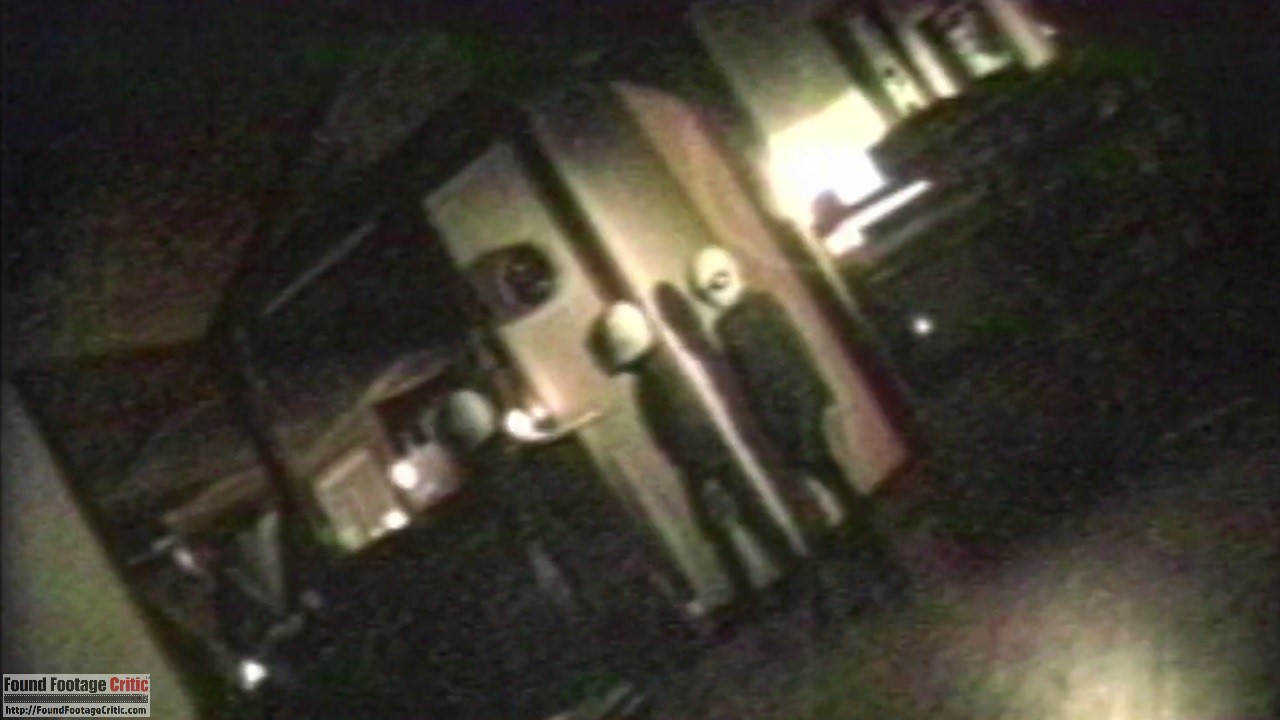
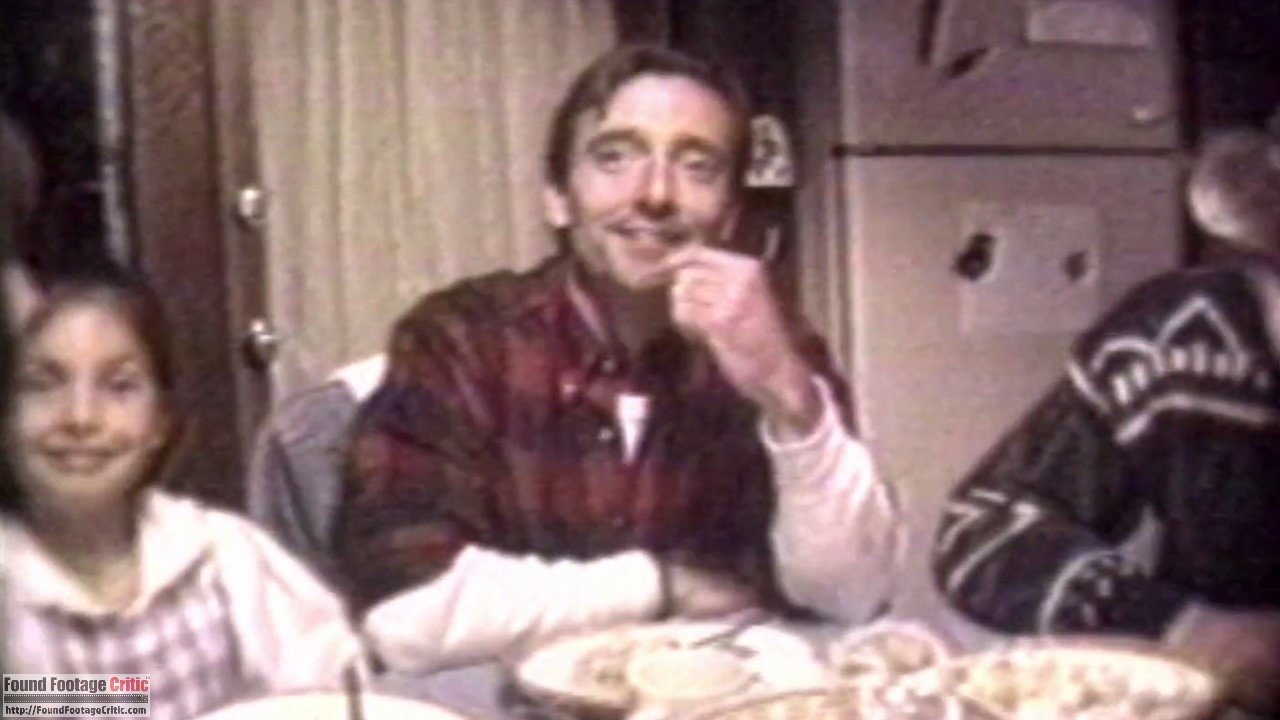
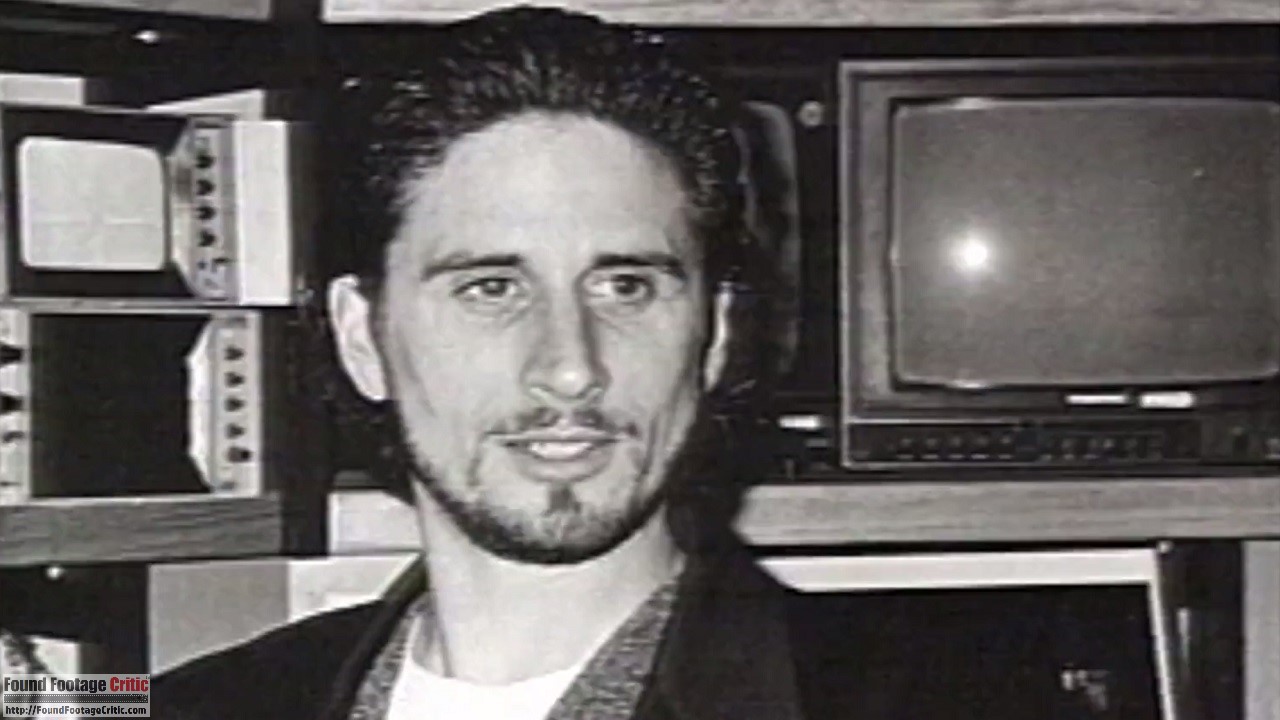
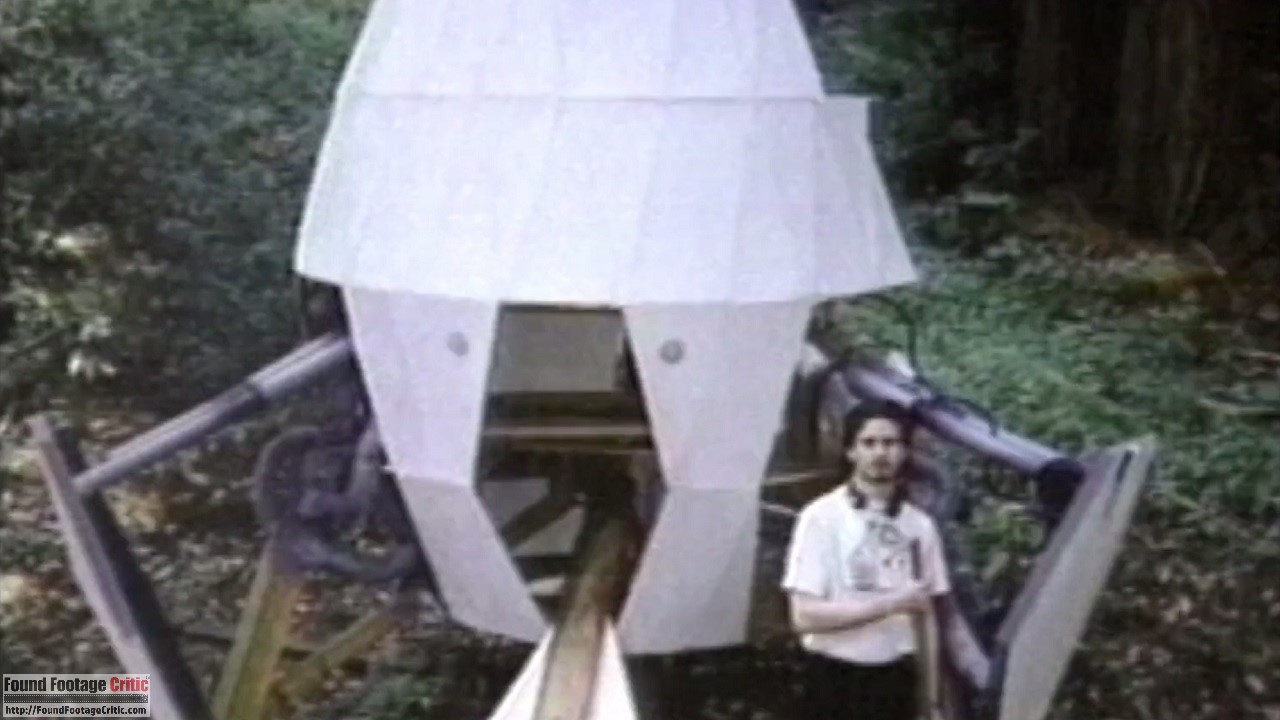
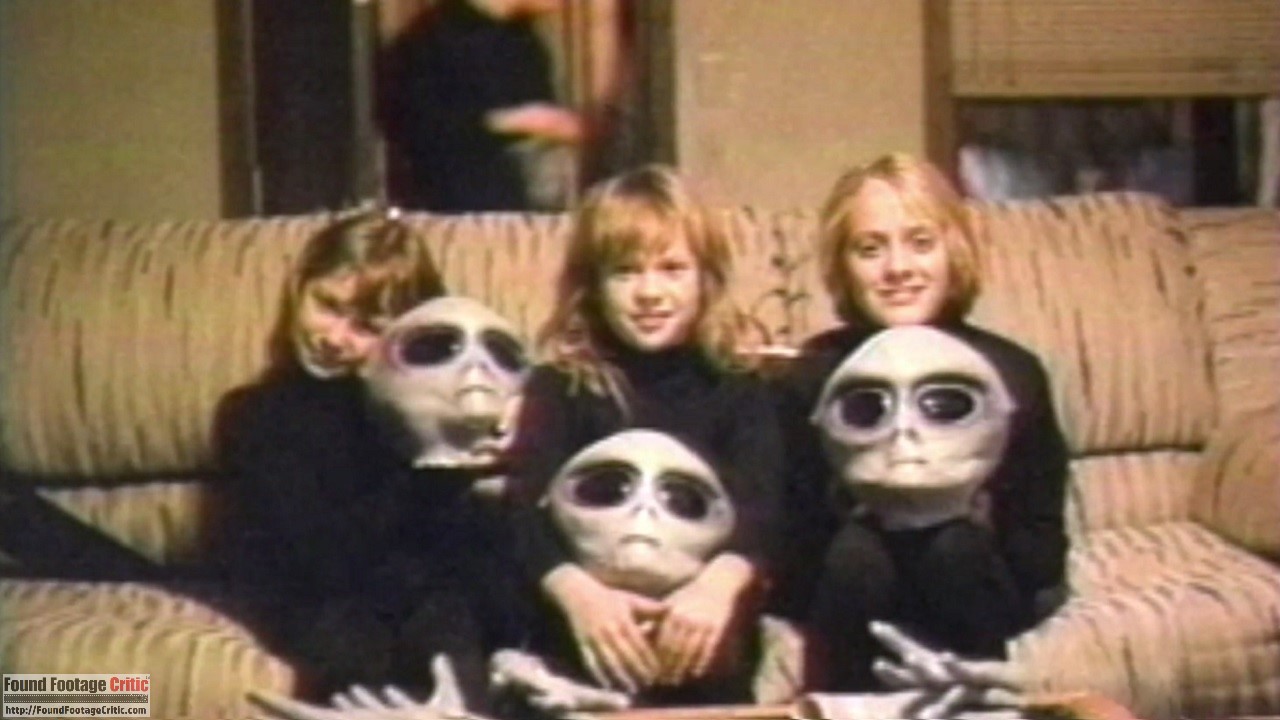
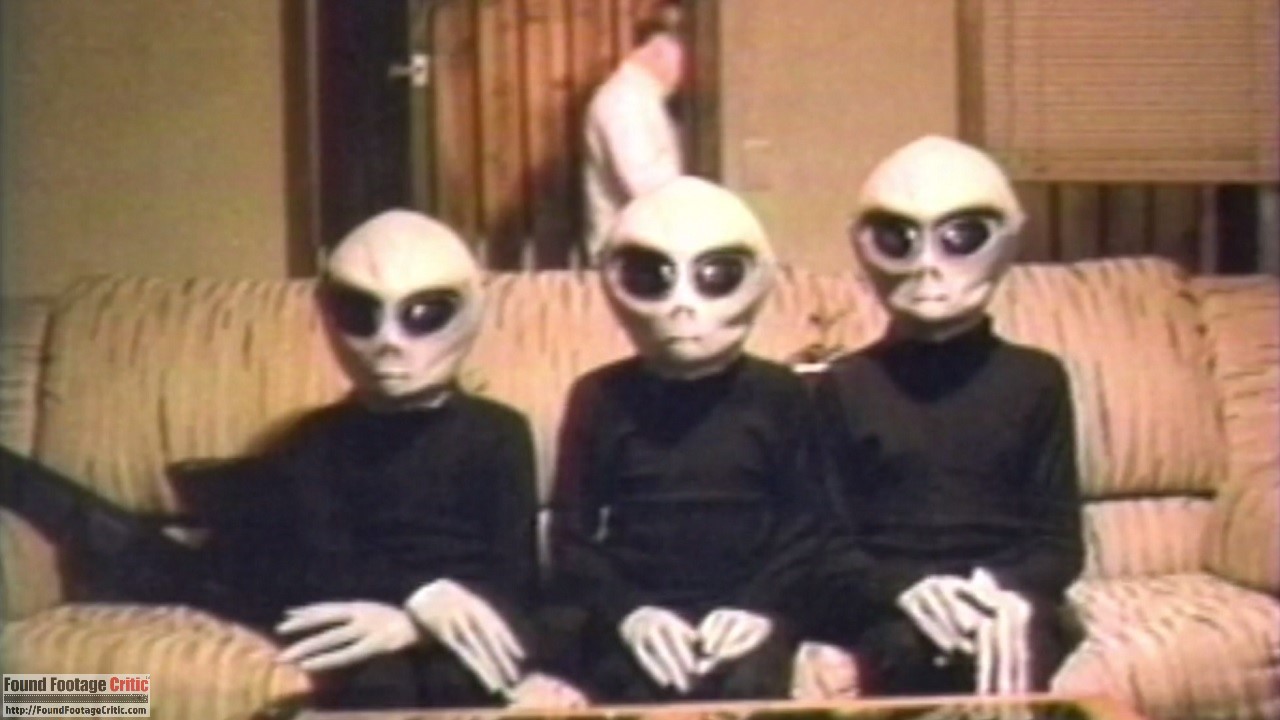
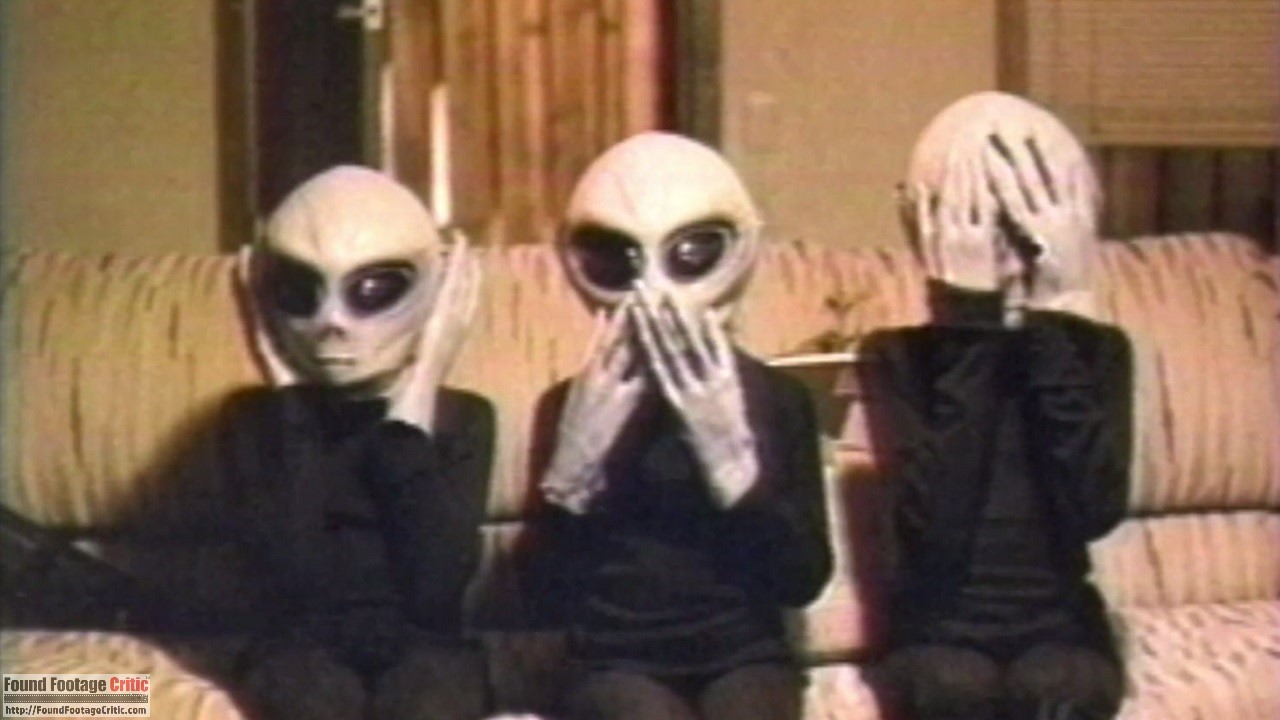
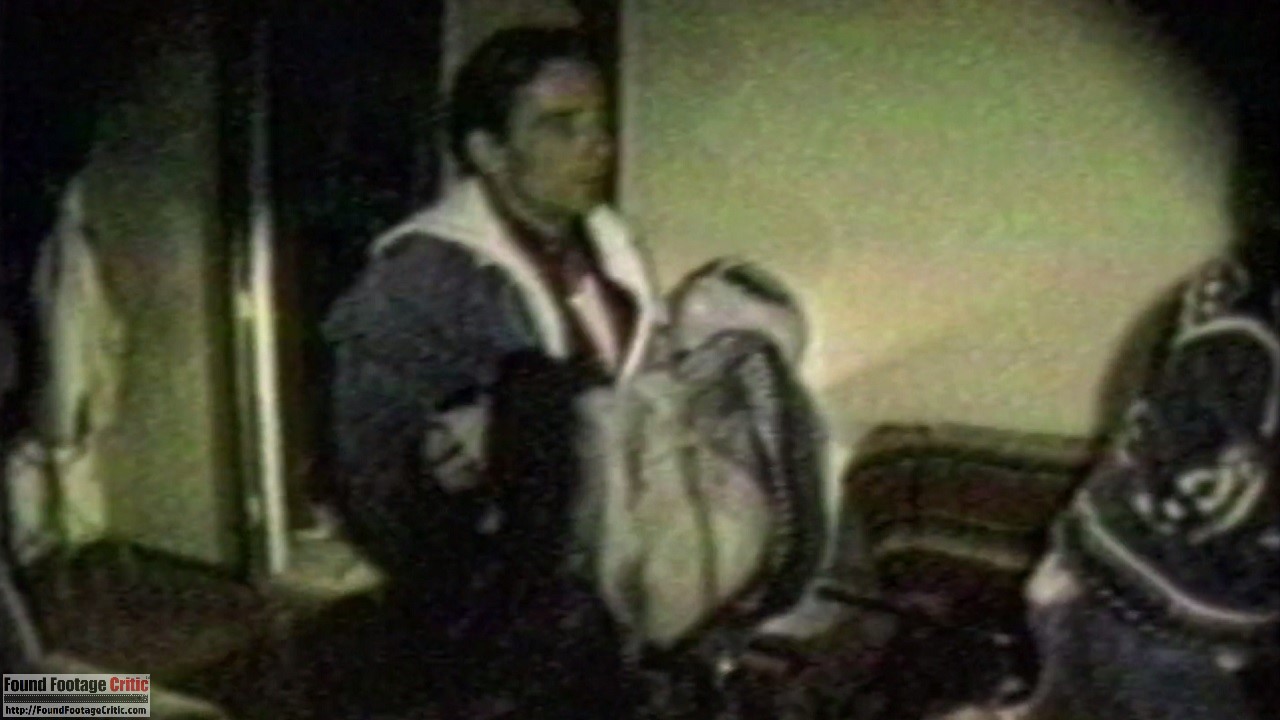

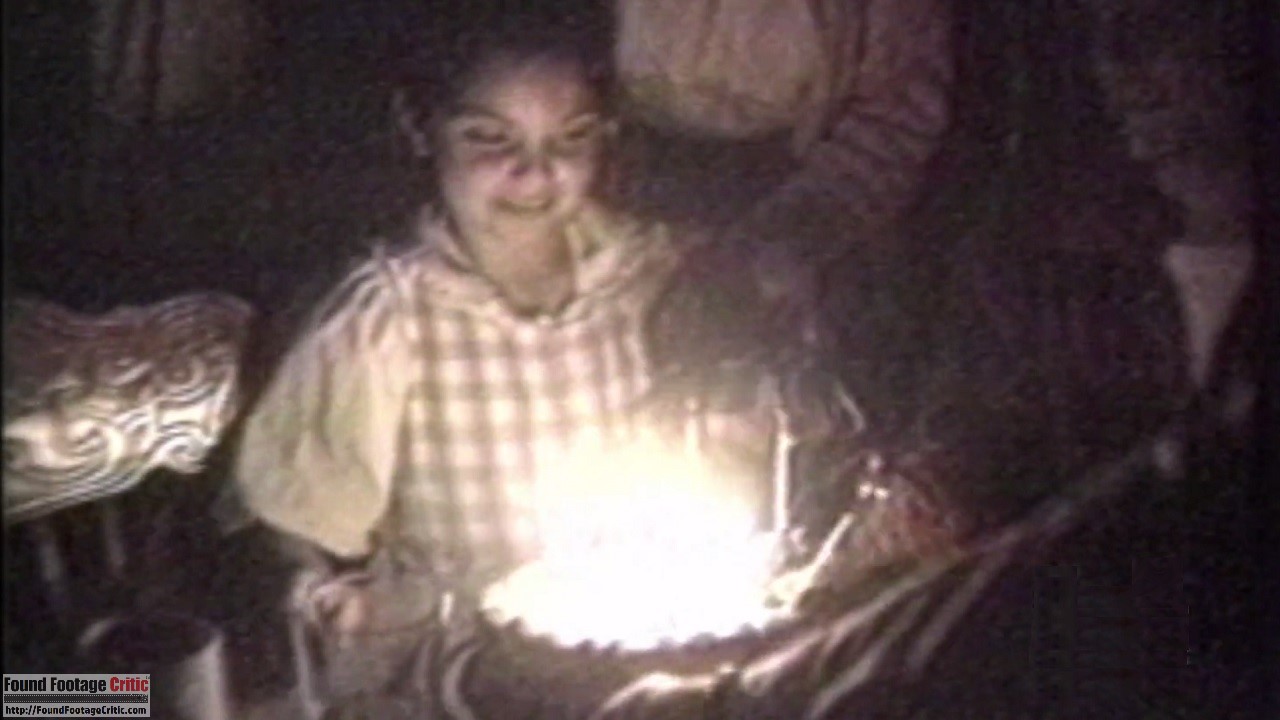
1 Comment
U.F.O. Abduction (1989) | rivets on the poster